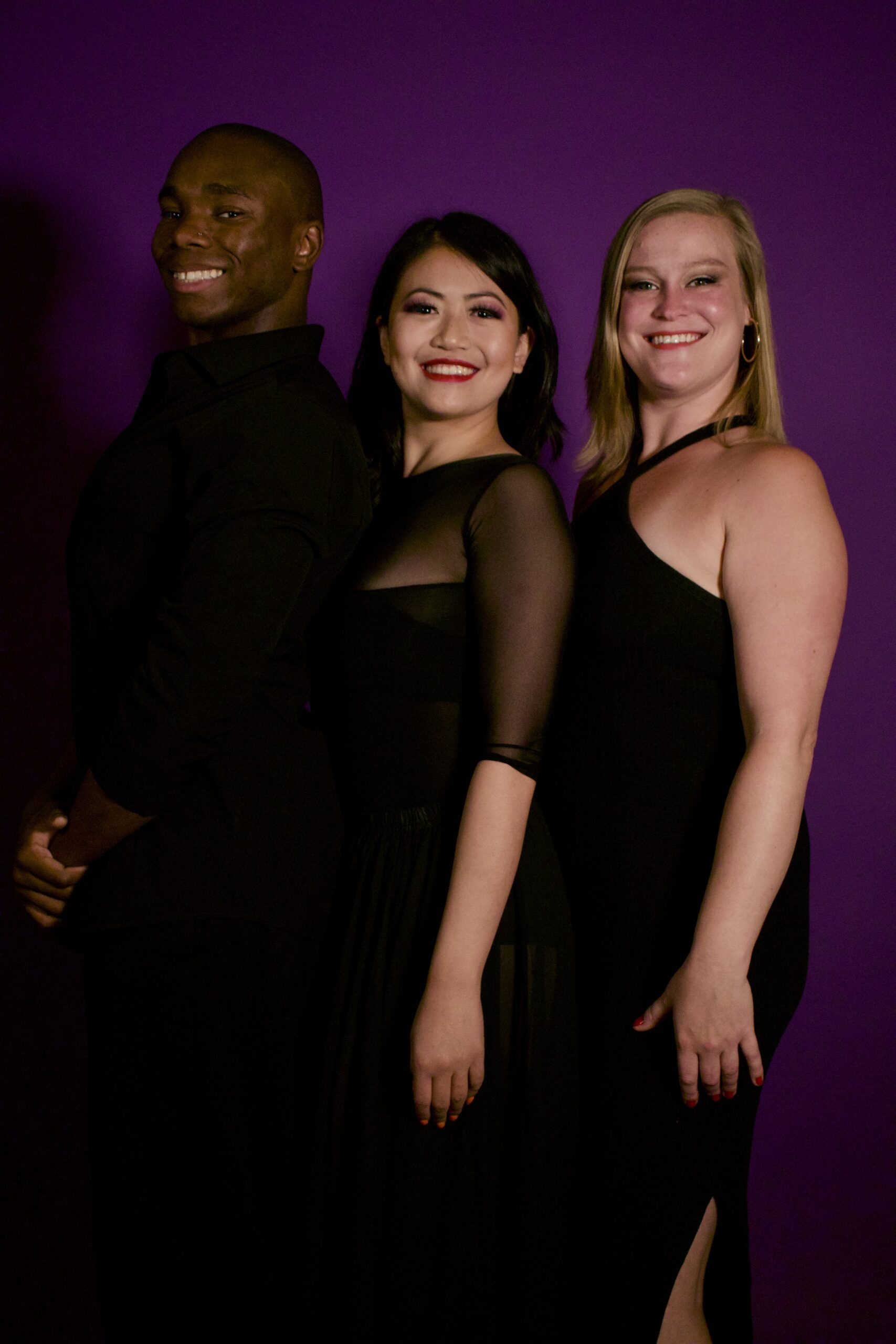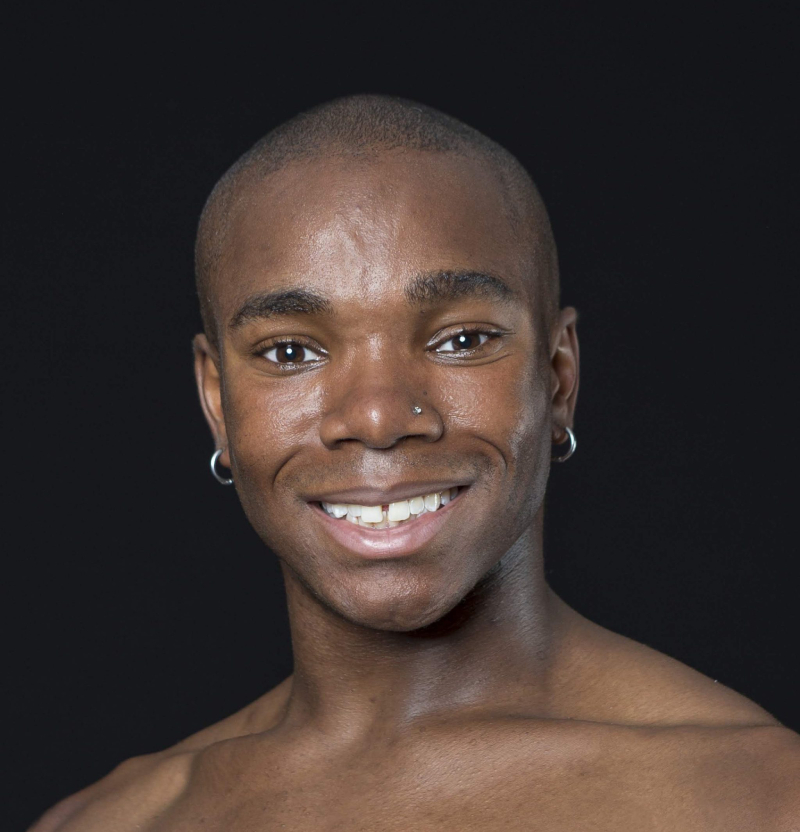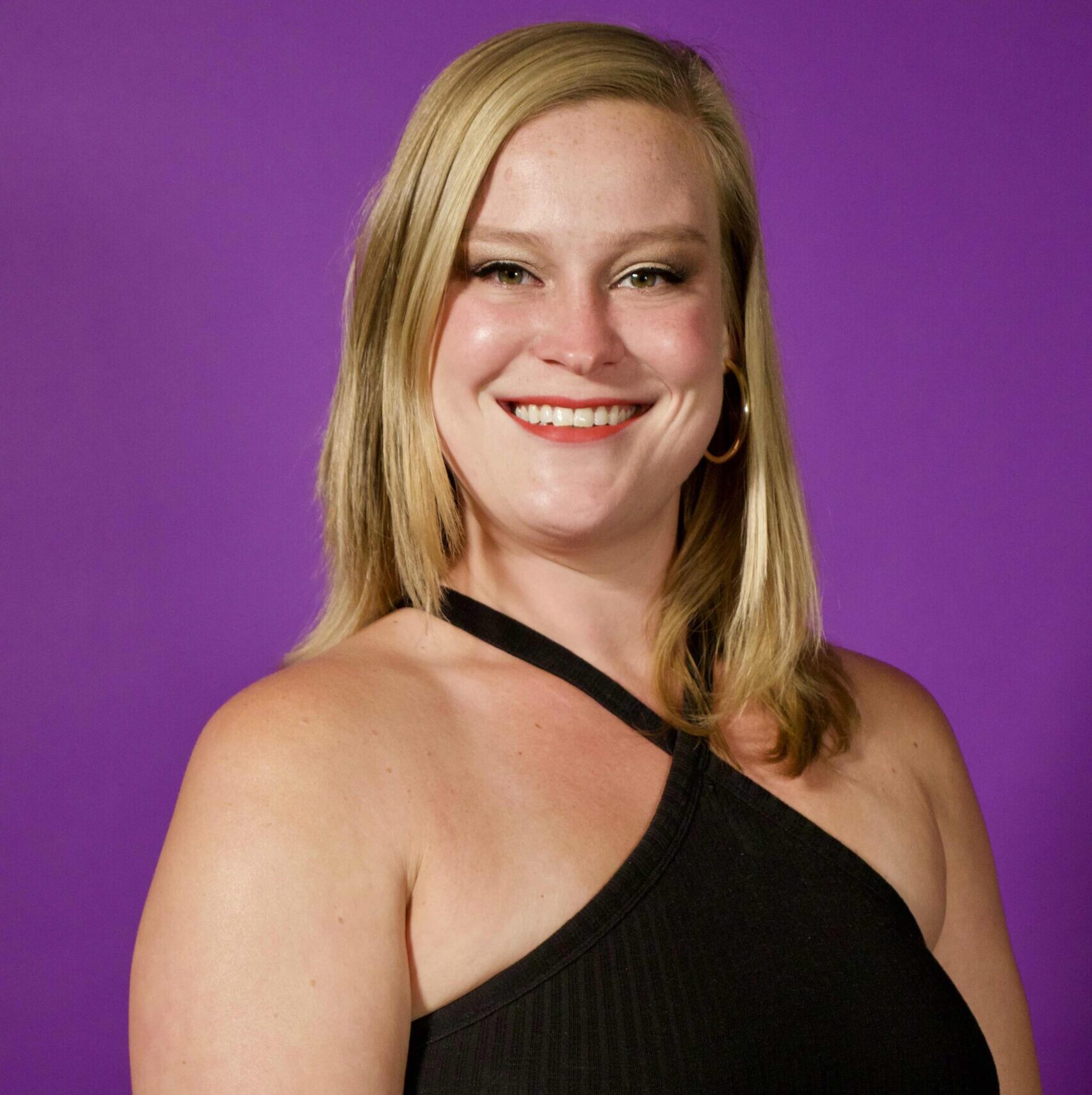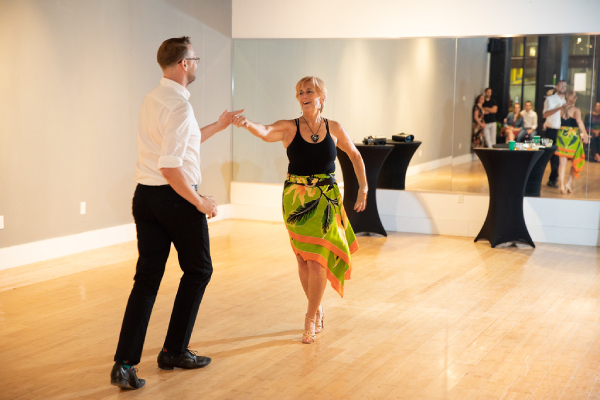About Us
“Dance Is the Hidden Language of the Soul of the Body.”
-Martha Graham

About Us
Concierge Ballroom was a concept built out of the love for partner dance styles and the frustration of flexible and accessible options. Our main goal is to grow the ballroom dance community in Philadelphia. For students, we offer a variety of ways to learn almost 20 styles of dance in varying settings and price points. For teachers, we offer support and a place to teach for experienced independent dance instructors. For all dancers, we offer a beautiful open space to rehearse, perform and choreograph. Let us make our home, your perfect space.
Who We Are

Colleen Cheong
Studio Owner / Dance Instructor / Performer / Choreographer
Colleen started dancing ballroom, latin and swing in 2005. What started as a hobby grew into a deep passion and desire to teach others. In 2011, she decided to leave her career as a molecular biologist and become a full-time instructor and professional dancer. Colleen now seeks to help others find greater fulfillment in life through dance. She founded Concierge Ballroom LLC in February of 2017 to make partner-dancing more accessible and approachable to Philadelphia and its surrounding areas.

Aaron Mitchell
Dance Instructor / Performer / Choreographer / Movement Therapist
Aaron graduated in 2019 with a BFA in Dance and Massage Therapy from Temple University. His dance background is extremely versatile, spanning from Ballet, Modern, Jazz, African, Hip Hop to name a few! He has also danced and toured with world renowned Philadelphia companies such as Brian Sanders JUNK, Eleone Dance Theatre, and Philadanco, making Ballroom a perfect platform for him. He came to enjoy ballroom dancing for the fact that it deals with partnership, trust, vulnerability, and fun! Aaron is excited to share his knowledge and love for dance at Concierge Ballroom!

Jordan Tait
Dance Instructor / Performer / Choreographer
Jordan fell in love with dance during carefree summers at theater camp as a kid, and she’s been dancing ever since. With a background in education and over 25 years of dance experience, she knows how to make learning fun, stress-free, and truly enjoyable; no matter your experience level. Jordan specializes in working with beginners and absolutely loves helping couples create a one-of-a-kind first dance for their wedding. Whether you’re preparing for your big day or just looking for a fun new hobby to enjoy together, Jordan’s patient and playful teaching style will have you feeling confident on the dance floor in no time.
Artist in Residence Program
Growing Dancers, Mentoring Teachers, & Fostering Financial Success for Independent Dance Instructors
To learn more about this program or to inquire about joining, please email us.
Meet our Current Artist: Esther Teh

Esther Teh
Bachata Sensual Instructor / Performer / Choreographer
Esther, originally from Fort Lauderdale, FL, has a diverse background, starting with ballet, figure skating, and Argentine Tango. She later expanded her dance repertoire with Salsa on2 in Princeton and discovered Bachata. In 2024, she became certified in Bachata Sensual by Korke y Judith, emphasizing strong fundamentals and technique. As an active social dancer, instructor, and lifelong student, Esther is eager to share her love for dance and help others feel comfortable with the flow of Bachata Sensual.
What We Teach

Ballroom
Considered the mother of present day dances, the Waltz began in southern Germany in the seventeenth century and made its way from England to the United States. An elegant, gliding dance in appearance, it is generally thought of as the template for ballroom dancing.
The Foxtrot is a smooth, progressive dance characterized by long, continuous flowing movements across the dance floor. It is danced to big band music in 4/4 time. Also known as “Slow Foxtrot” in Europe and abroad, it has its roots in early 20th century New York society.
Tango is a ballroom dance that branched away from its original Argentine roots by allowing European, American, Hollywood, and competitive influences into the style and execution of the dance. Alternating between seductive and aggressive movements, it is considered by many to be “the dancer’s dance.”
The Viennese Waltz is the original form of the Waltz It’s the oldest of all ballroom dances, emerging in the second half of the 18th century influenced by German and Austrian dance styles. With its lively tempo and series of turns, bows, and curtsies; it is a must for the serious dancer.
The Quickstep is a fast and powerfully flowing dance, sprinkled with syncopation. The upbeat melodies that Quickstep is danced to make it suitable for both formal and informal events, although it is thought of as a very technically precise dance.
The Peabody is a ballroom dance that evolved from the fast Foxtrot of the ragtime era of the 1910s and 1920s. Whereas Quickstep garnered popularity in England and Europe, the Peabody enjoyed its popularity in the US.
Country Two-Step is a progressive partner dance known largely in the American South to country music. Sharing many elements in common with Foxtrot, this dance is much more lively and quick-paced with turns taken all across the dance floor.

Latin
The dance known in the United States as the Rumba is a composite of several dances popular in Cuba, including the Guaracha, the Cuban Bolero, the Cuban Son, and the Rural Rumba. Known for its signature rocking of the hips and stylized walks, many call Rumba the “dance of love.”
The Cha Cha originated in Cuba in the early 1950’s and refers to a style of ballroom dancing derived from the Rumba and the Mambo. Flirty, cheeky, and fun — the Cha Cha is as fun to dance as it is to watch.
The Bolero is a slow-tempo Latin dance that has been popular for over a century. A blend of sensual rumba and romantic waltz, its lyrical style and long beautiful lines can be breathtaking to watch.
Mambo is a Latin Dance of Cuba. Mambo was invented during the 1930s by the native Cuban musician and composer Arsenio Rodríguez, developed in Havana. A challenge for even the most advanced dancers, Mambo will make you clap and shout!
Salsa is a popular form of social dance that originated in Cuba and Puerto Rico in the late 1890s. A distillation of many Latin and Afro-Caribbean dances, the evolution of Salsa was in large part due to this mix of styles. Salsa is perhaps currently the most popular partner dance in the world!
Bachata is a dance from the Dominican Republic in the Caribbean islands. Both the music and the dance have been influenced by Cuban Bolero, the Merengue, Salsa and Cumbia. There are as many styles of bachata as there are people who dance it.
Considered the national dance of the Dominican Republic, Merengue is an up-beat dance and musical style ideally suited to the small, crowded dance floors. it’s a dance that is easy to learn and essentially a must for parties.
The Samba is a rhythmical dance with elements taken from the Brazilian Samba danced during Carnival. The history of the dance began in Brazil at the beginning of the 20th century and is known for its bouncing and traveling actions.

Swing
The Jitterbug is a kind of dance popularized in the United States in the early 20th century, and is associated with various types of swing dances such as the Lindy Hop, Jive, and East Coast Swing. It is also known to many as “Single Swing.”
East Coast Swing is a form of social partner dance. It belongs to the group of swing dances. It is danced under fast swing music, including rock and roll, boogie-woogie, and swing pop. It is often referred to as “Triple Step Swing”.
West Coast Swing is a partner dance with roots in the Lindy Hop. It is characterized by an elastic look that results from its extension-compression technique of partner connection and is danced primarily in a slotted area on the dance floor. The dance allows for both partners to improvise steps while dancing together, putting it on a short list of dances that emphasize improvisation.
The Hustle is a catchall name for some disco dances which were extremely popular in the 1970s. Today it mostly refers to the partner dance done in ballrooms and nightclubs to disco and pop music. It has some features in common with Mambo, Salsa and Swing — most notably spins and turns for both partners to fast, upbeat music.
Nightclub Two-Step is a partner dance initially developed by Buddy Schwimmer in the 1960s. It is frequently danced to mid-tempo ballads in 4/4 time that have a characteristic quick-quick-slow beat. Sways, rocking actions, and turns are the most popular common elements of this dance.
